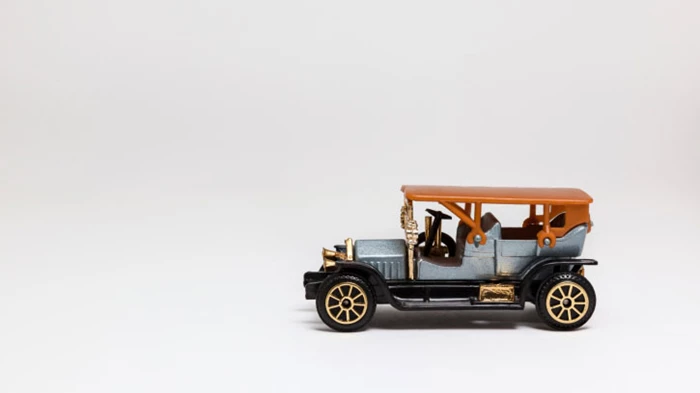And put churchgoers in the driver’s seat

Of the 150 or so acres making up Willow Creek Community Church’s main campus, a full 8 acres are devoted to buildings. Parking lots cover more than 28. That ratio demonstrates just how important cars are to most churches today.
Though Willow Creek is now a multi-site church, it still calls South Barrington, Illinois, home. Population? 4,656, Each weekend, most of the church’s 20,000 attendees drive on to the main campus using three major entrances, swelling the suburban village’s population for a few hours on Saturday nights and Sunday mornings. People arrive by car from all over Chicagoland. The fact is undeniable: for megachurches, cars are essential.
It’s probably more accurate to say that cars created the megachurch. Without them, these churches simply couldn’t exist in the form they do today. There have certainly been large churches in the past—Charles Spurgeon’s church had over 5,000 members when he died, and Spurgeon is said to have preached to an audience of 10,000 on a few occasions. But that was in densely populated 19th-century London, quite unlike Willow Creek’s campus of mostly undeveloped marshland in pastoral South Barrington. Today, the number of sprawling church complexes eclipses the few large, urban churches of past centuries.
The influence of cars isn’t limited to megachurches though. Churches of all sizes have adapted to car culture. And this involves not only buildings, locations, and weekly attendance, but also church practices. Since the car, church life simply hasn’t been the same.
Read the rest at Christianity Today.